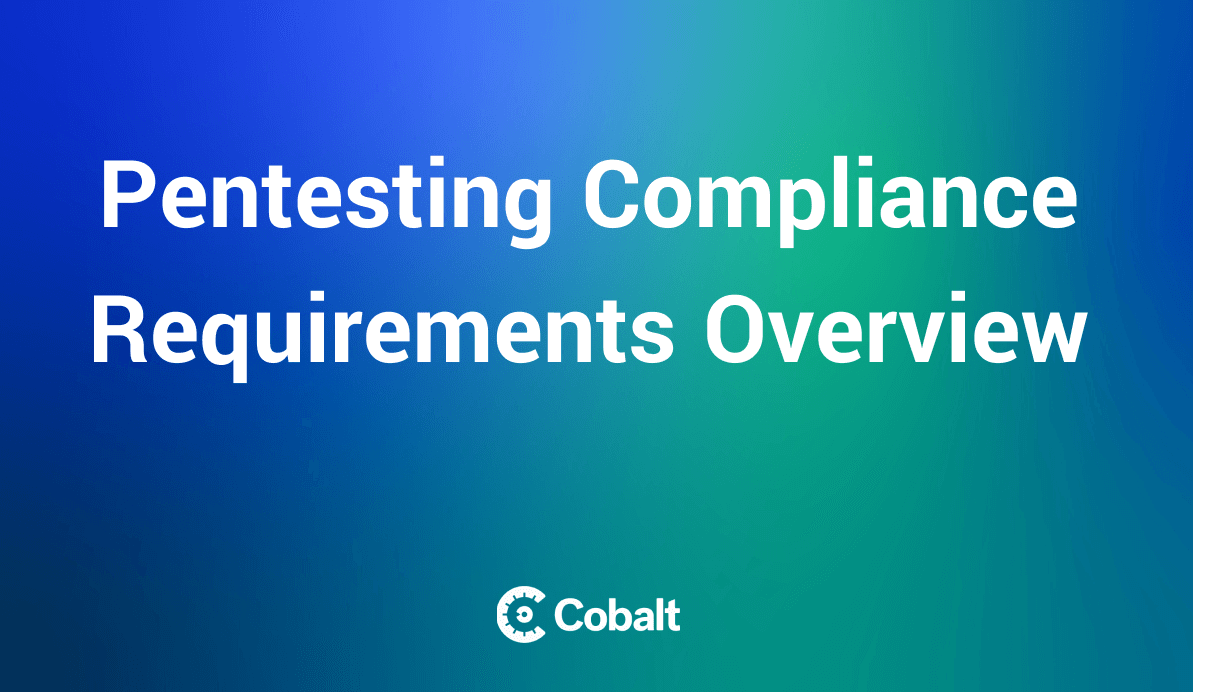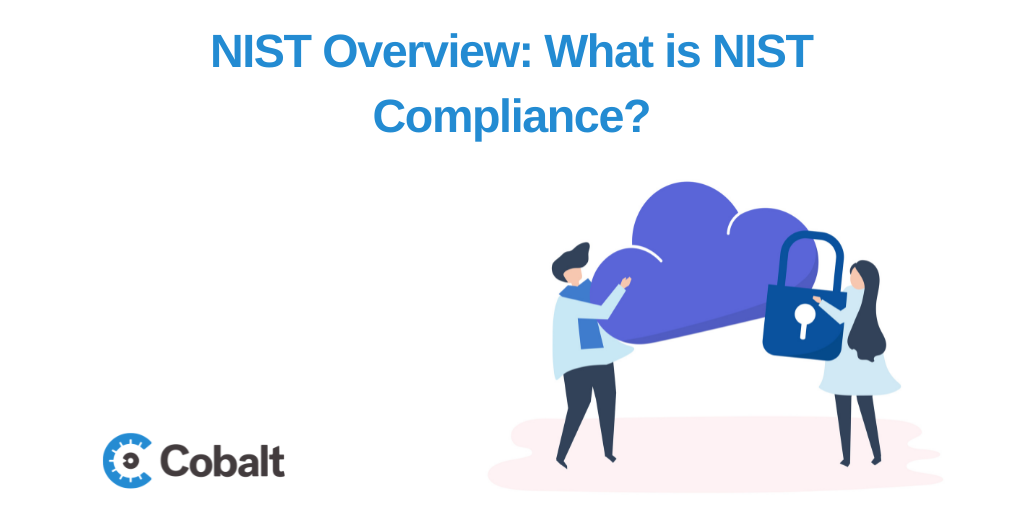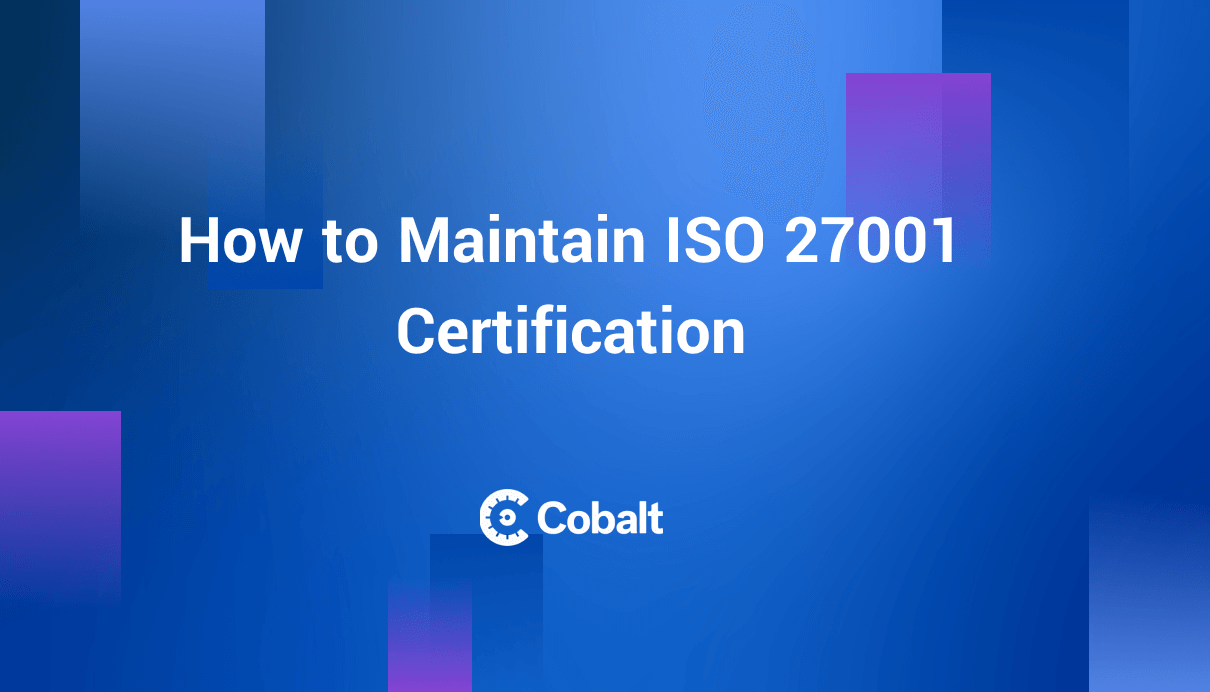ISO 27001 certification shows that an organization implemented the necessary security measures to secure its data.
This can be vital for businesses operating in critical environments such as healthcare or finance. This certification aligns with other regulatory requirements such as GDPR and NIST.
Businesses should understand what the certification is, who precisely needs to be certified, and how to properly prepare for the certification. Through these basic understandings, decision-makers can more easily navigate the compliance process for their business, leading to both time and money savings.
After understanding the who, what, and how for ISO compliance, it’s important to get insights into the overall process. This empowers smarter decision-making to save time and money.
With the end goal in mind, let’s read more about this important certification.
What is ISO Certification?
This international standard outlines how organizations should manage information security by demonstrating a proper investment for adequate security protocols.
An Information Security Management Systems (ISMS) is a document that consists of the processes and policies to manage organizational data. Through the management system, an organization proactively minimizes risks and mitigates the impact of security breaches.
To achieve the ISO 27001 certification, an organization will need to demonstrate its managing all sensitive data and information according to the required standards. Businesses receive their certification after an accredited auditor performs an audit on its policies, practices, procedures and affirms it meets the set requirements.
After certification, the accredited body performs annual audits to ensure the organization stays compliant with all requirements.
Who Needs ISO Compliances?
The ISO compliance is essential for organizations such as financial firms, healthcare companies, insurance providers, payment merchants, or any other organizations that handle critically sensitive information. ISO 27001 certified companies have a better reputation than their uncertified counterparts which can offer value to clients and partners.
How Much Does ISO 27001 Audit Cost?
Achieving the ISO 27001 certification is a time and money-intensive process, especially for large corporations and enterprises. The audit cost includes the fees charged by certified bodies plus the number of resources investigated during the audit preparation. Thus, larger organizations experience higher costs compared to their smaller counterparts.
Proper planning helps lower costs for the audit. For example, a vulnerability assessment will provide a scope of the entire IT environment, while penetration tests assess how an organization is at risk of attacks. These assessments and tests provide an overview of all business threats and help in remediation.
How Can I Prepare for ISO 27001 Audit?
ISO 27001 certification process starts with an audit conducted by accredited auditors. During the audit process, the auditors will ensure all established standards and requirements have been met by the organization. The audit can be nearly instant or may take several weeks or months depending on the organization’s readiness and the complexity involved.
To prepare for an ISO 27001 audit, businesses need to understand the different audit stages.
Stage 1: Preparing for the Audit
Auditors familiarize themselves with the organization’s IT environment during the first stage. In this stage, the accredited body reviews the organization’s documents and processes. Some of the elements reviewed include the scope of their ISMS, access control policies, risk assessments and remediation processes, and asset inventory.
Stage 2: Completing the Audit
The main audit involves the evaluation of the ISMS. The certifying body determines if the organization’s implemented the necessary processes and policies to meet the compliance requirements.
Stage 3: Continued Maintenance Review
This stage involves follow-up reviews to confirm the organization’s compliance with the requirements. Organizations looking to obtain the ISO 27001 certification should ensure they are ready to maintain their systems after the audit.
Prepare Documentation
Organizations must prepare and review documents in advance to complete the ISO certification process. Since auditors use these documents as a reference to review the organization’s compliance, all documents required for the audit should be prepared at least 3 months in advance.
In-House Team Training and Preparation
One of the vital requirements is proper knowledge of the various security standards. All employees who access or handle key information should be well versed with the requirements and policies required for the certification. Preparing in-house teams with proper training and documentation can ensure proper coverage of this aspect.
Risk Assessments and Gap Analysis
For an organization to pass the audit, it requires a risk management plan. Performing risk assessments and gap analysis before the audit gives the organization a proper insight into its risk environment. Vulnerability assessment and penetrations testing helps uncover hidden risks that may hinder certification.
Risk and Gap Remediation
After performing comprehensive vulnerability assessments and pentests, organizations should remediate these risks and threats before auditors discover them. Failure to correct them may delay the certification process.
With every requirement catered for, performing the audit becomes less complex. After getting to this point, an organization should be properly prepared to request an ISO 27001 audit.
What are ISO 27001 Requirements?
Before embarking on the certification journey, management should understand the basics of ISO 27001 standard requirements. Understanding what is required for ISO 27001 certification helps prepare a company for the audit.
The ISO 27001 standard requirements are divided into 2 main parts. The first outlines the various requirements, while the second part outlines the various security controls to achieve those requirements.
Main ISO 27001 Requirement
As organizations start to evaluate their preparedness for ISO 27001 certification, it's important to keep the following aspects top of mind.
| Introduction | Any organization looking to achieve certification should provide a systematic process for managing data and information risks. |
| Terms & Definitions | An organization should explain all technical terms and aspects in the standard. |
| Organizational Context | The organization must define what the Information Security Management Systems does, when it occurs, and how it applies to the organization. |
| Leadership | Senior management should demonstrate leadership and commitment to the mandate policies and the ISMS. Also, they should assign necessary information security roles. |
| Information Security Management Systems (ISMS) Planning | An organization should know why it needs to implement the Information Security Management Systems, so that it achieves its intended outcomes. |
| Performance Evaluation | Each organization has to analyze, measure, and monitor the ISMS processes and controls. |
ISO 27001 Security Controls
The second part includes a set of controls to help organizations achieve those requirements laid out in the first part. Here are the 14 domains of the ISO 27001:
| Information Security Policies | This control ensures all policies are written and reviewed according to the organization's security standing. |
| Information Security Organization | This domain controls how organizations assign responsibilities to various tasks in relation to their security position. |
| Human Resource Security | This control ensures contractors and employees understand their responsibilities in relation to data security. |
| Access Control | Ensures employees access only data with the proper authorization. |
| Asset Management | Aims to ensure organizations understand their asset environment and define appropriate responsibilities to protect those assets. |
| Operation’s Security | This control aims to ensure all organization’s data processing activities are undertaken in a secure environment. |
| Cryptography | Aimed to ensure organizations encrypt all user data properly to protect its integrity, authenticity, and confidentiality. |
| Physical and Environmental Security | This control states that an organization’s physical environment should be secure from unauthorized access, damage, and natural disasters. |
| Communications Security | Organizations should conduct all their communications via secure networks to avoid leaking information to malicious attackers. |
| Information Security Incident Management | Requires all organizations to have incidence management protocols to manage security issues in real-time. |
| Compliance | Requires organizations to adhere to relevant regulations and mitigate the risks of non-compliance. |
| System acquisition, development, and maintenance | Establishes a requirement for organizations to ensure security remains a cornerstone within the entire development lifecycle. |
| Supplier Relations | Controls how organizations manage third-party contracts. |
| Business Continuity Management | Control is meant to minimize business interruptions. |
Using Cobalt’s Pentesting to Prepare for ISO Compliance
To achieve the ISO 27001 certification, organizations must prove the security of their information systems. Information security forms a critical component of any organization’s security, and it’s essential to keep all information systems secure.
At Cobalt, we perform compliance pentesting to detect threats in your information security systems that could delay your certification. Our Pentesting as a Service (PtaaS) platform provides a review of your systems and recommendations on remediating discovered issues.
Contact Cobalt today to see how we can perform penetration tests on your information systems for faster certification.








